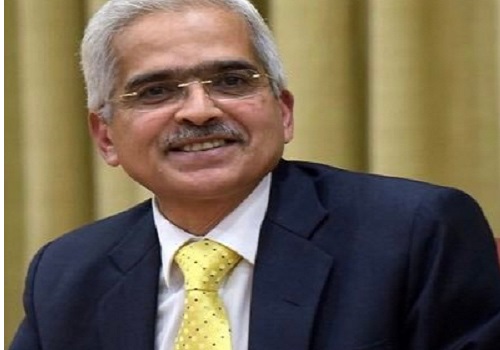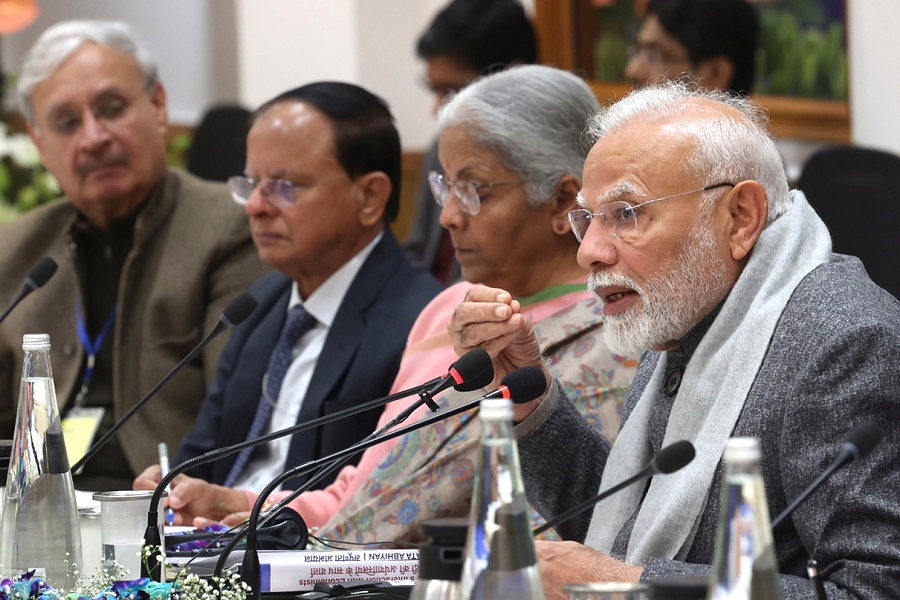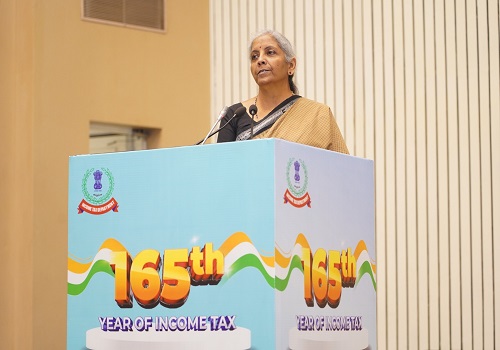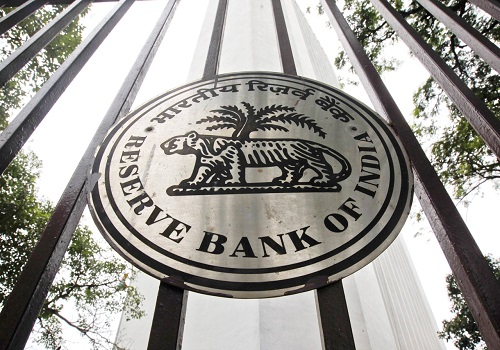Economy: Lower provisions aid RBI`s higher surplus transfer by Kotak Institutional Equities

Follow us Now on Telegram ! Get daily 10 - 12 important updates on Business, Finance and Investment. Join our Telegram Channel
Lower provisions aid RBI’s higher surplus transfer
RBI’s surplus transfer of Rs2.1 tn was aided by a significantly lower provision of Rs428 bn (Rs1.3 tn in FY2023). For FY2026, we expect the surplus transfer to be at least as high as this year. This could potentially also be higher to the extent of 0.1-0.5% of GDP assuming different scenarios of interest income on FX assets and lower losses on investment revaluation, and lowering Available Realized Equity (ARE) to 6%.
RBI’s balance sheet size increased by 11% in FY2024
In FY2024, the RBI’s balance sheet increased by 11.1% over FY2023 to Rs70.5 tn (see Exhibit 1). Assets were propped up by (1) a 30% increase in loans and advances to the center (through WMA, and OD), state governments (through special drawing facility), and financial institutions (through funds availed under LAF amid low system liquidity and increase in volume of reverse repo transactions), and (2) a 14% increase in foreign investments. Liabilities were propped up by (1) an 27% increase in deposits to Rs17.2 tn (led by an increase in NDTL of banks, increase in repo transactions by financial institutions outside India, and reverse repo deposits with the RBI), and (2) a 22% increase in the contingency fund to Rs4.3 tn.
RBI’s income buoyed by foreign sources
Total income in FY2024 increased to Rs2.8 tn (FY2023: Rs2.4 tn; 17% yoy), with foreign income at Rs1.9 tn (Rs1.5 tn; 23%) and domestic income at Rs881 bn (Rs833 bn; 5.7% yoy) (see Exhibit 2). The sharp increase in foreign income was led by higher interest income at Rs1 tn (FY2023: Rs603 bn). The increase in domestic income was mainly due to lower net outgo of interest under LAF/MSF/SDF.
Lower provisions helped increase RBI’s surplus transfer to the center
The RBI transferred a surplus of Rs2.1 tn to the center for FY2024 (Rs874 bn in FY2023) mainly led by lower provisions. Provisions were lower at Rs428 bn (Rs1.3 tn in FY2023) due to (1) lower losses on the Investment Revaluation Account (IRA) of Rs1.5 tn (FY2023: losses at Rs1.85 tn), which gets debited from the contingency fund on the last day of the financial year, and (2) increase in Available Realized Equity (ARE) to 6.5% of the balance sheet from 6%.
FY2026 surplus transfer likely to be higher
In FY2025, interest earnings are likely to be higher than the current year given delays to the global rate cut cycle, especially in the US. Losses on the IRA could also be lower due to lower capital loses in the investment book. However, earnings from FX sales could be lower compared to FY2024 amid limited space to conduct FX sales operations. We believe the surplus transfer in FY2026 could be at least as high as in FY2025 and could be higher by 0.1-0.5% of GDP assuming different scenarios of interest income on FX assets and lower losses on investment revaluation, and lowering ARE to 6%, thereby aiding in lowering GFD/GDP to 4.5% by FY2026.
Key takeaways from RBI’s annual report
4 Productivity and digitalization in India
The effect of digitalization on productivity is assessed through two separate channels: (1) via the role of ICT as an input in driving output and labor productivity growth in the economy, and (2) by estimating the productivity potentials by examining the differential between ICT and non-ICT sectors.
The result from labor productivity decomposition shows that:
* The contribution of ICT capital services to output growth increased from 5% during 1981-90 to 13.2% during 1992-2023.
* The contribution of ICT capital deepening to labor productivity growth increased from 8.4% to 15.3% over the same period.
The results from classifying 27 KLEMS industries into ICT and non-ICT sectors to examine the productivity differential between them show that, on average:
* the ICT sector’s productivity fared better than the non-ICT sector for the whole sample period (1980-2020) and the decadal subperiods.
* The productivity impact of ICT continued to grow during 1980 to 2010, refuting Solow’s productivity paradox for India.
* The emergence of the paradox in India for the more recent period (2010-20), however, is generally consistent with the post-GFC productivity slowdown despite rising digitization in many parts of the world, reflecting uneven access to digital technologies or their quality; and slow diffusion of technology benefits between the leading and the lagging firms.
4 Dynamics of inflation surges in India
Seasonally adjusted quarterly headline and core inflation paths are estimated as a function of lagged inflation and lagged surge event dummies in a regression-based event study framework to study the dynamics of inflation in surge episodes. Surge events are defined by changes in inflation above the threshold level of the 90th percentile of the long run inflation distribution or those in the right tail of the distribution.
Cross-country evidence suggests that inflation surges are persistent, but with the duration of disinflation exceeding the phase of inflation increase:
* In India, core inflation takes one year, on an average, to return to its pre-surge level in the absence of any overlapping shock; however, the convergence of headline inflation to its pre-shock level is obstructed by volatility in food inflation.
* Disaggregated analysis of the pre-FIT (1995-2016) and post-FIT (2017-23) periods indicates a change in the pattern of convergence, particularly for core inflation.
* While the timeline for movement back to equilibrium remains similar due to structural factors and policy transmission lags, the jump in core inflation is notably lower than in the pre-FIT period.
* This points to anchored inflation expectations. Thus, credible and timely monetary policy actions can contain the impact of shocks on inflation both in terms of size and duration.
Above views are of the author and not of the website kindly read disclaimer




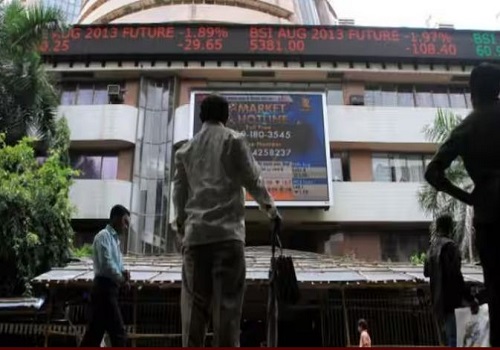

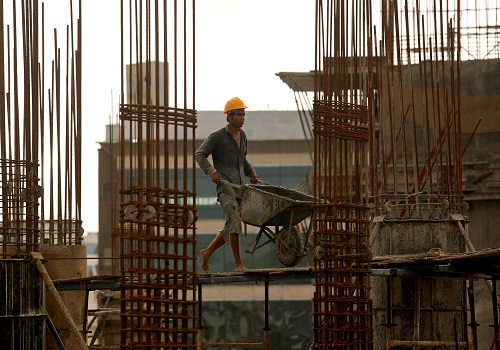





 320-x-100_uti_gold.jpg" alt="Advertisement">
320-x-100_uti_gold.jpg" alt="Advertisement">



